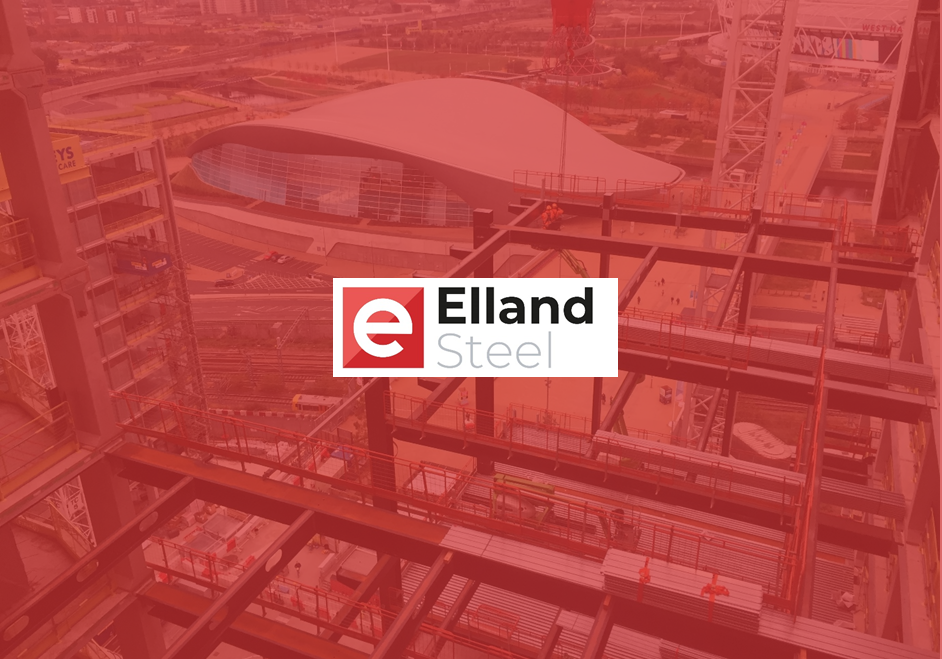Fast-rising prices and supply chain challenges aren’t entirely hampering the manufacturing and construction sectors.
Both industries are seeing a mini boom, with manufacturing delivering record rates of growth and construction output set to return to pre-pandemic levels by 2022.
Confidence is growing as a number of sector-specific reports predict good things for the remainder of 2021 and beyond. Crucially, they also highlight where firms need to be preparing and investing in order to share in their sector’s growth.
Record rates in manufacturing
The manufacturing sector continued to grow last month [June], with rates of output, new orders, and employment some of the best seen in decades, according to The British Constructional Steelwork Association. However, alongside this input costs and price rises were at record rates.
Like construction, the sector is navigating the challenges of materials shortages, with supply of steel causing disrupted or prolonged production schedules and longer lead times. Like many others, the sector is also affected by increasing material prices, such as sharp steel price growth.
The IHS Markit/CIPS Purchasing Managers Index (PMI), which measures performance for the manufacturing sector, sat at 63.9 for June, just below May’s record high of 65.6. The PMI has grown successively for more than a year now.
However, after this initial boom it’s predicted manufacturing will be slower to recover, with demand still low in both domestic and foreign markets. And as UK manufacturers no longer have the same ease of access to the EU single market since Brexit, industry analysts Glenigan predict this will also weaken the sector.
Steep growth in construction
It’s a different story for the construction sector.
The Construction Skills Network’s latest report, for 2021-2025, forecasts construction output recovering fast, returning to and then exceeding pre-pandemic levels of output from 2022. Glenigan forecast that the value of UK construction underlying projects starts (valued less than £100m) will grow by 17% this year, and a further 9% next year. This is being driven largely by public sector spending, with investments in infrastructure projects either starting or pledged for the future. Private sector spend is much weaker by comparison, though.
Construction growth will also pick up pace as its supply chains return to normal capacity – steel supply, which has impacted project timings, is now stabilizing.
To cope with the growth areas, the construction sector will need to attract some 217,000 extra workers by 2025, experts predict.
It is forecast that there will be a particular pattern of growth in professional occupations, more so than traditional trades. This will be vital to keep pace with the growing use of modern methods of construction (MMC), using off-site manufacturing or automation, in the coming months and years.
It will also be complemented by more need for repair, maintenance and improvement works, to ensure existing buildings meet the same energy efficiency standards as new developments.
The construction and manufacturing sectors’ market-specific conditions and challenges – coupled with the instability and ongoing uncertainty created by Brexit, the pandemic and the climate emergency – certainly continue to make things interesting.
To capitalise on the predictions and opportunities for growth in the coming years, firms need to plan now for the adjustments and changes due from 2022. Investing in staff development, exploring ways to integrate modern methods of construction, and carefully managing supply chain relationships are just some of the ways to start working on this.

